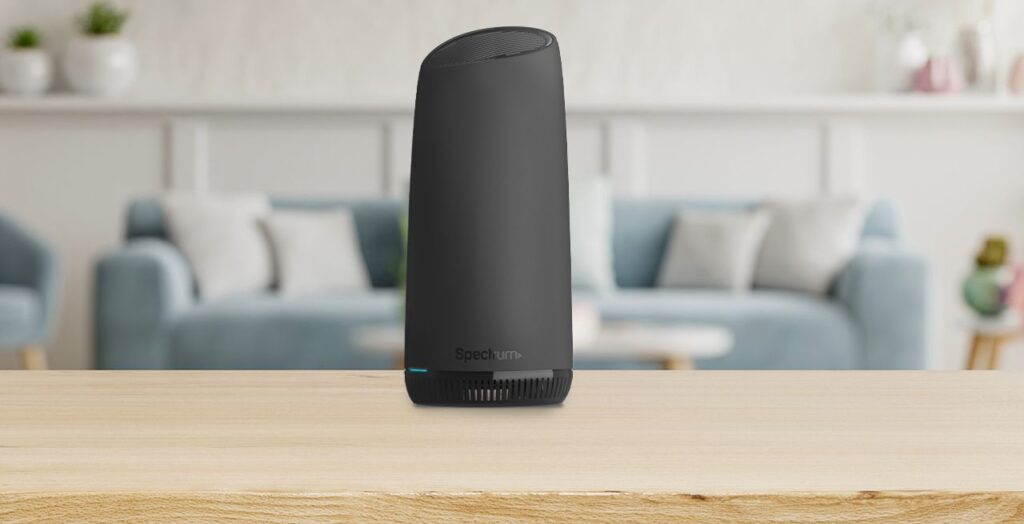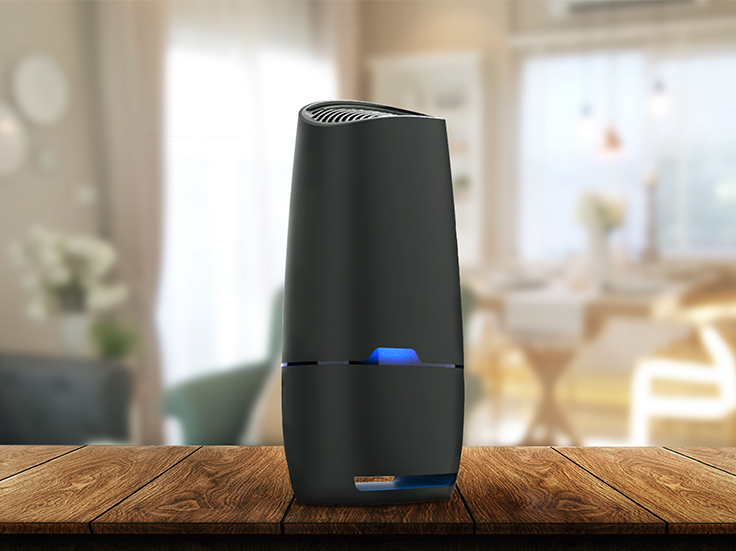Is your Spectrum router playing hide and seek with your internet connection? You’re not alone in this tech trek.
There might be a simple fix to get you back online and exploring the digital world in no time. Whether it’s finding the perfect spot for your router or giving it a break from the device crowd, we’ve got the compass to navigate this issue.
Stick around, and let’s get your connection back on the map.
1. Insufficient Hardware Capability
One primary reason your Spectrum router might be disconnecting is due to outdated or underpowered hardware.
If your router’s hardware is insufficient, it may struggle to manage your network’s demands, causing frequent disconnections.
Upgrading to a more powerful router with advanced features like dual-band connectivity, beamforming technology, and Quality of Service (QoS) settings can help.
These features ensure your router can effectively handle network traffic and maintain stable connections.
2. Overheating Modem

Your Spectrum router may disconnect due to an overheating modem. Proper ventilation is crucial to prevent this issue.
Place your modem in an open area, away from heat-generating electronics. Improving airflow with a nearby fan can also help.
If overheating persists, it may indicate a hardware problem, and contacting Spectrum for a replacement is advisable.
Regularly monitoring the modem’s temperature and keeping it clean from dust will help maintain a stable internet connection.
This approach ensures your equipment operates efficiently, providing consistent connectivity.
3. Poor Router Placement
Poor router placement can significantly impact your Wi-Fi signal strength and connectivity. Place your router in a central location to ensure signals reach all areas of your home effectively. Avoid tucking it away in corners or surrounding it with obstacles like walls, furniture, or electronic devices that could interfere with the signal.
Elevate the router and adjust its antennas correctly to maximize coverage. Simple adjustments to your router’s placement can help maintain a stable connection throughout your home. By positioning the router centrally, you allow the Wi-Fi signals to distribute evenly, reducing dead zones.
Keep the router away from electronic devices like microwaves or cordless phones, as these can cause interference. If your router has antennas, position them upright for a better signal spread. These practical steps can make a noticeable difference in your Wi-Fi experience.
4. Network Congestion

When too many devices connect to your Wi-Fi network at once, it can lead to network congestion. This means your internet speed slows down and you might experience intermittent disconnections.
To tackle this issue, start by limiting the number of devices hooked up to your network. If there are devices not in use, disconnect them to free up bandwidth.
If you have a lot of devices that need to stay connected, think about upgrading your router to one that can handle more connections efficiently. You can also set priorities for certain devices, ensuring they get more bandwidth than others.
If you find that congestion is worst during peak hours, try to schedule activities that use a lot of bandwidth, like streaming movies or online gaming, during off-peak times. This can help ensure a more stable connection for all your devices.
5. Need for Power Cycling
Power cycling your router is a simple yet effective method to maintain its performance and address connectivity issues.
This process involves unplugging the router from its power source, waiting for approximately 60 seconds, and then replugging it. Doing so allows the router to fully discharge and reset, often resolving minor glitches by clearing the router’s memory and enabling a fresh start.
This straightforward technique can troubleshoot intermittent disconnections efficiently.
Should power cycling fail to rectify the problem, additional solutions such as checking for firmware updates or seeking assistance from your internet service provider may be necessary.